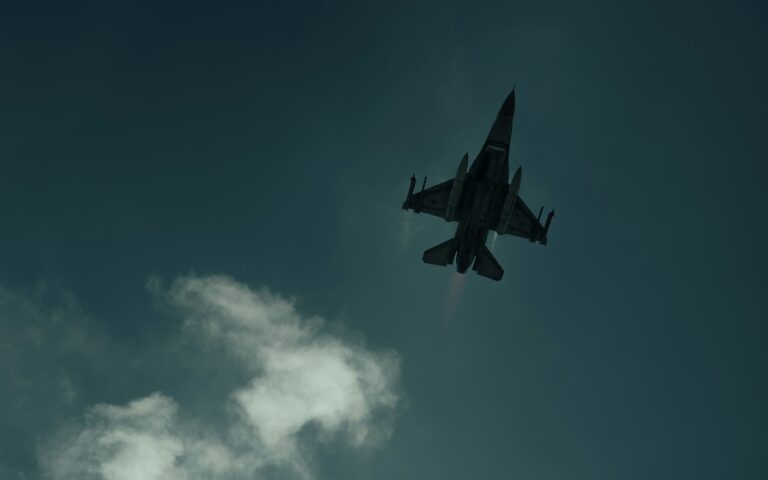Germany plans to strengthen the Bundeswehr into Europe’s strongest conventional force, Chancellor Merz declared in May.
The government must address personnel shortages and equip troops with modern systems quickly.
Politico reports Berlin will spend up to €83 billion on 154 defense projects between September 2025 and December 2026.
Most contracts will go to European manufacturers, with only eight percent purchased from the United States.
Germany imports arms heavily from the US. Sipri data shows imports tripled from 2020 to 2024, with Germany rising 334 percent.
Berlin now promotes “Buy European” to reduce US dependence and develop local defense industries.
Risks of Relying on American Systems
Josef Braml argues Germany paid “tribute” for US protection by buying American weapons, creating dependency.
Germany still operates six Patriot missile systems, but the Pentagon limited exports to reserve stock for US use.
Europe lacks alternatives for some systems, including the F-35 fighter jet.
Christophe Gomart raised the idea of a “kill switch” controlling the F-35, though officials deny remote shutdown is possible.
Germany maintains its F-35 order because no European stealth fighter exists.
Building Sovereignty Amid Multipolar Pressure
Sipri researcher Pieter Wezeman notes NATO countries work to reduce dependence and strengthen local arms industries.
The US continues to pressure allies. Trump demanded higher NATO spending and US arms procurement under his “America First” policy.
Braml warns sovereignty requires Europe to protect itself without relying on US parts or software.
Merz admitted Germany will remain partially dependent on the US for the foreseeable future.
Patent data shows US companies dominate defense technology: 18,000 US patents versus fewer than 12,000 across all EU states.
Braml insists Germany must take responsibility for its security now: “Security is gone, Pax Americana is dead.”


